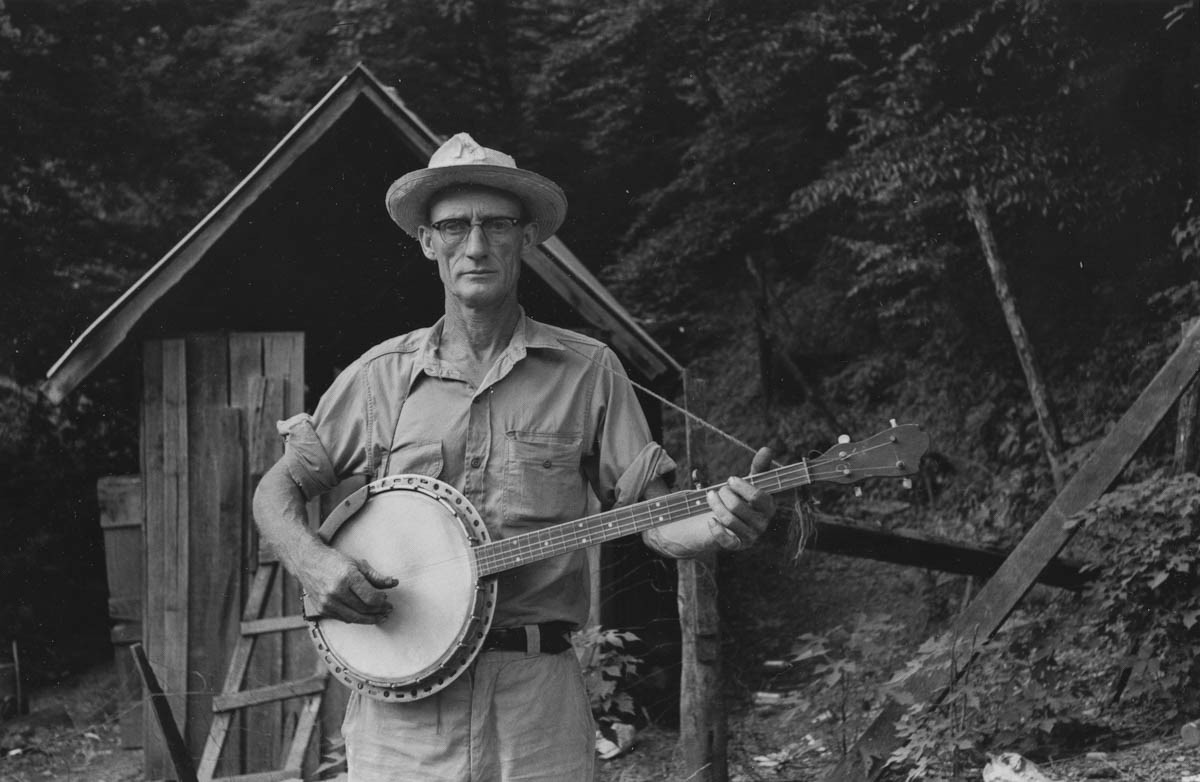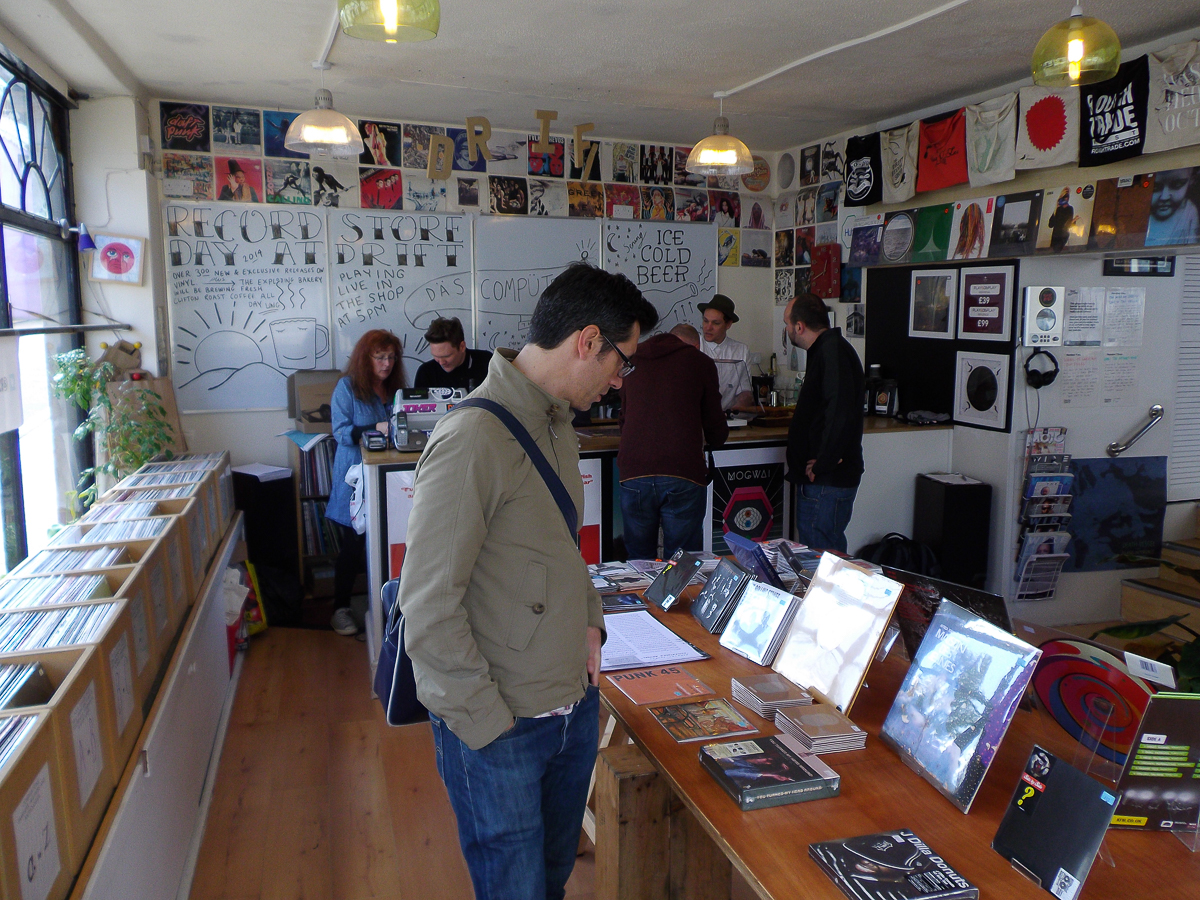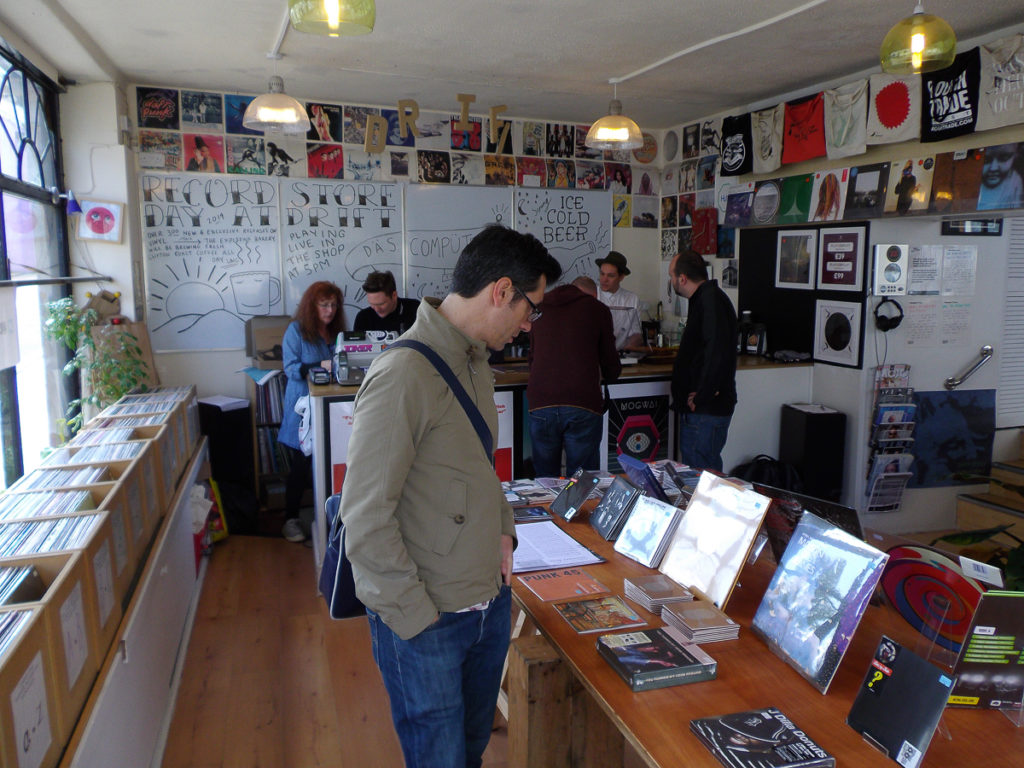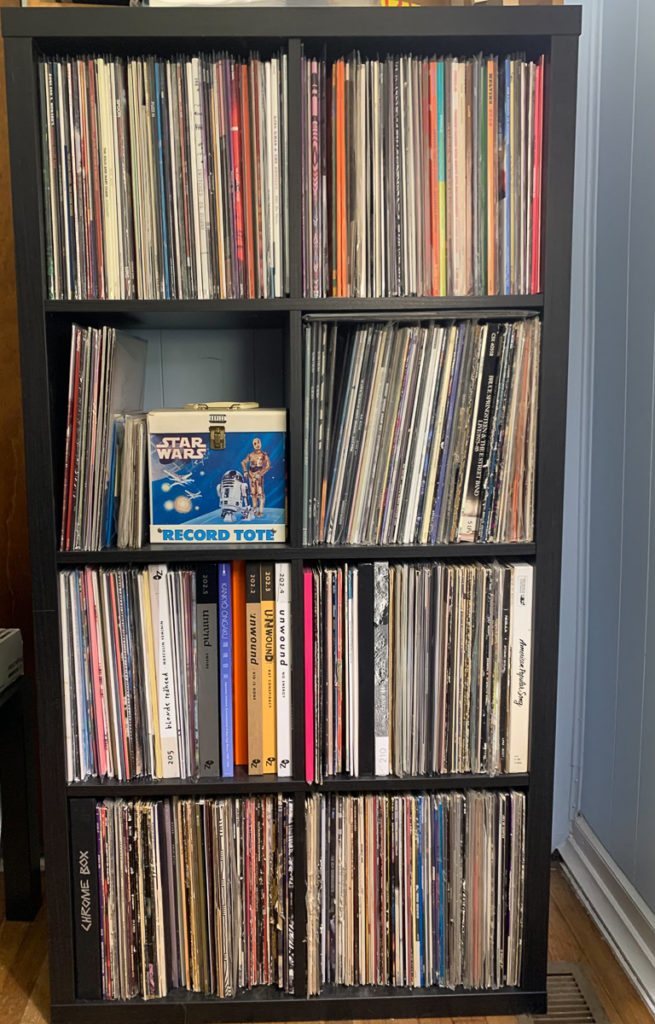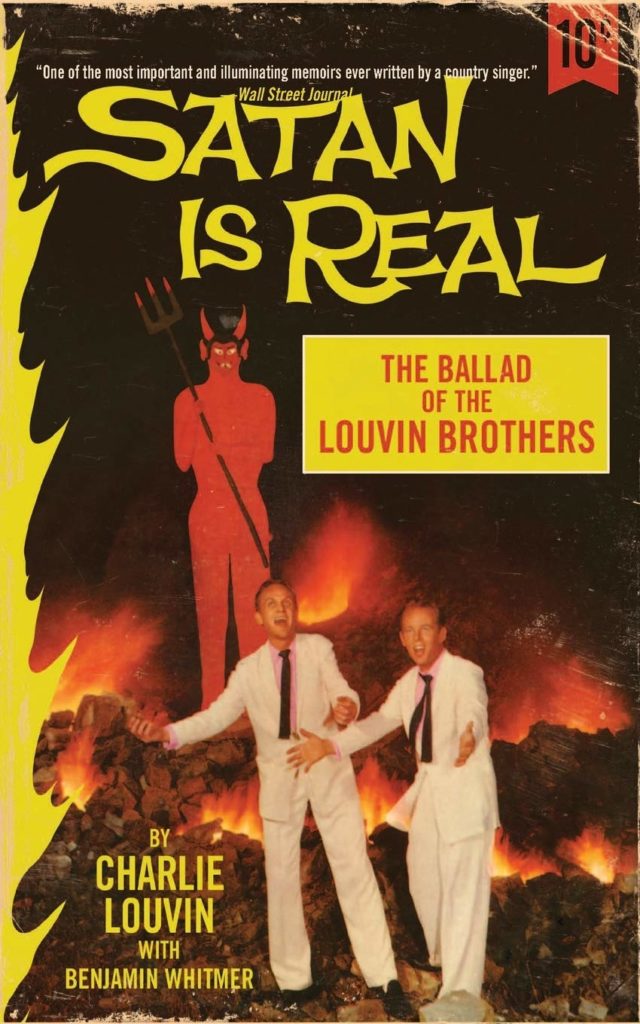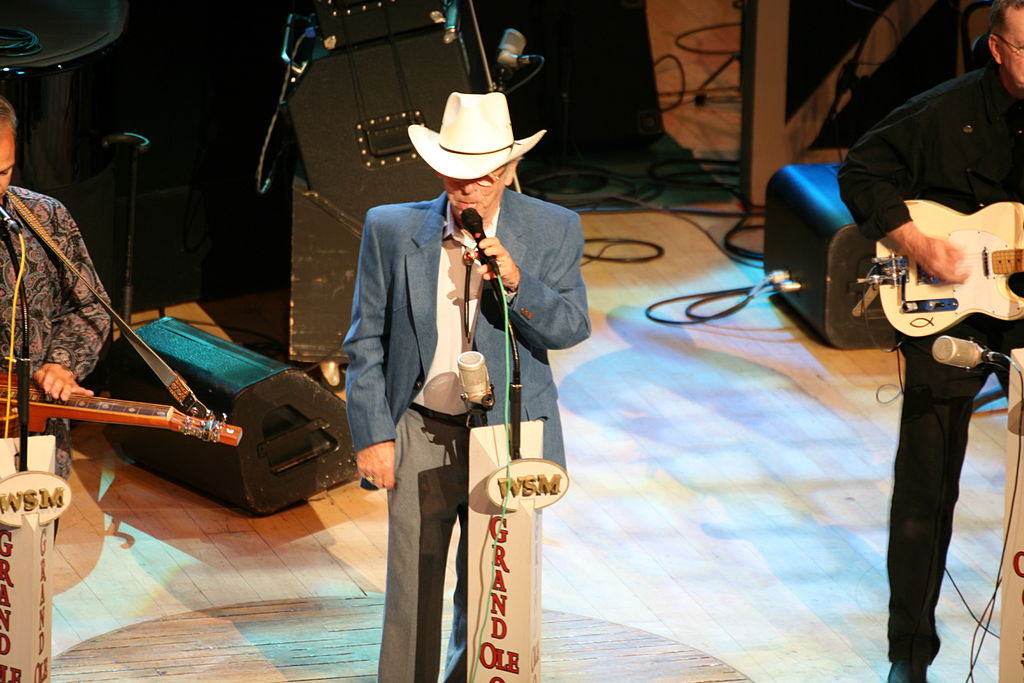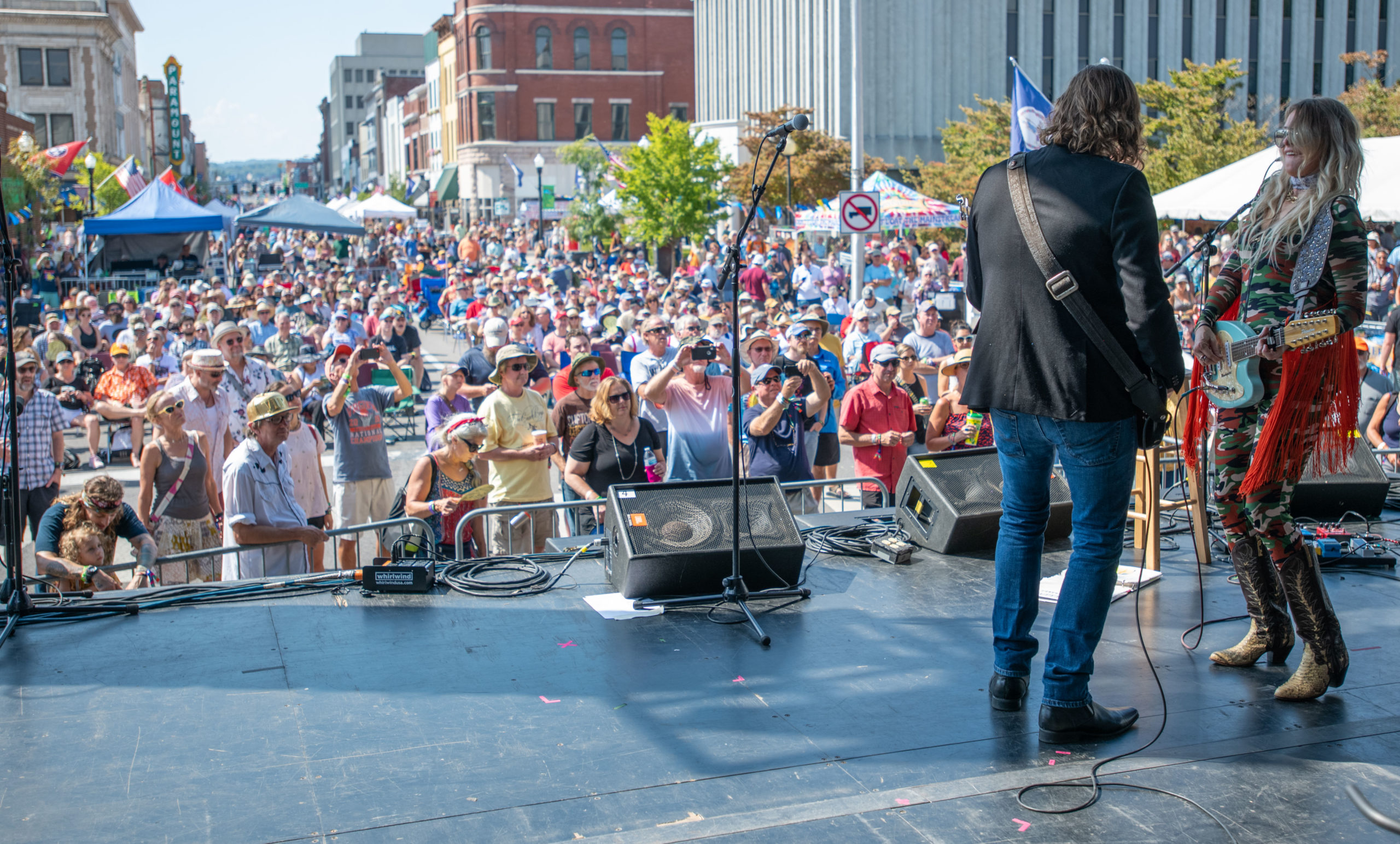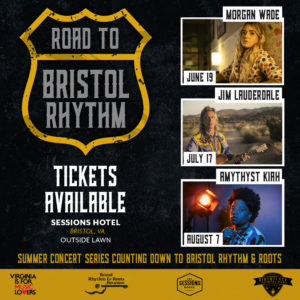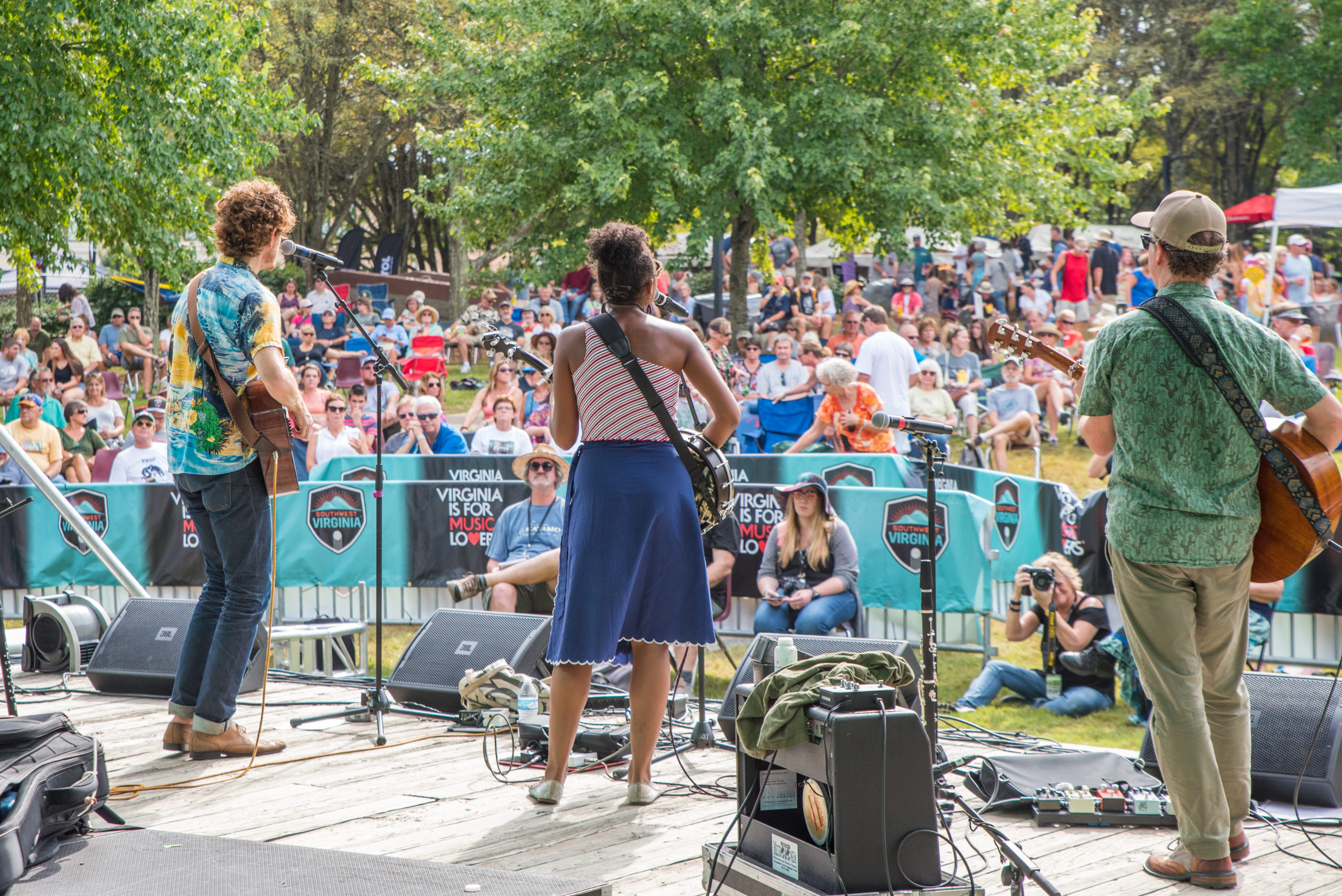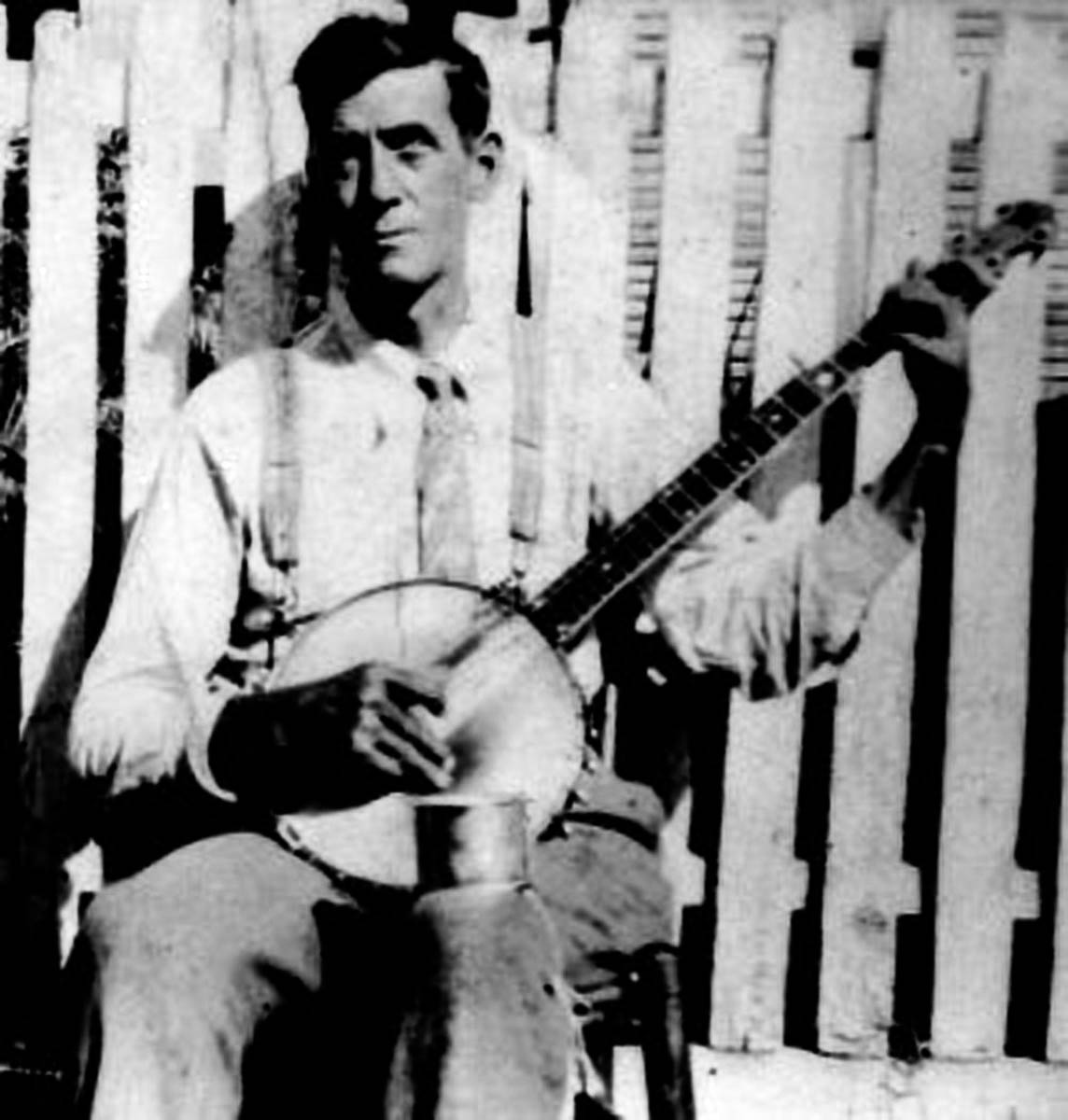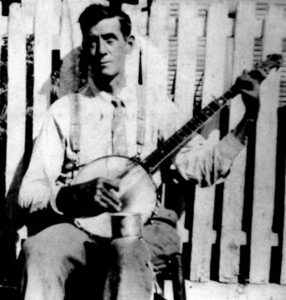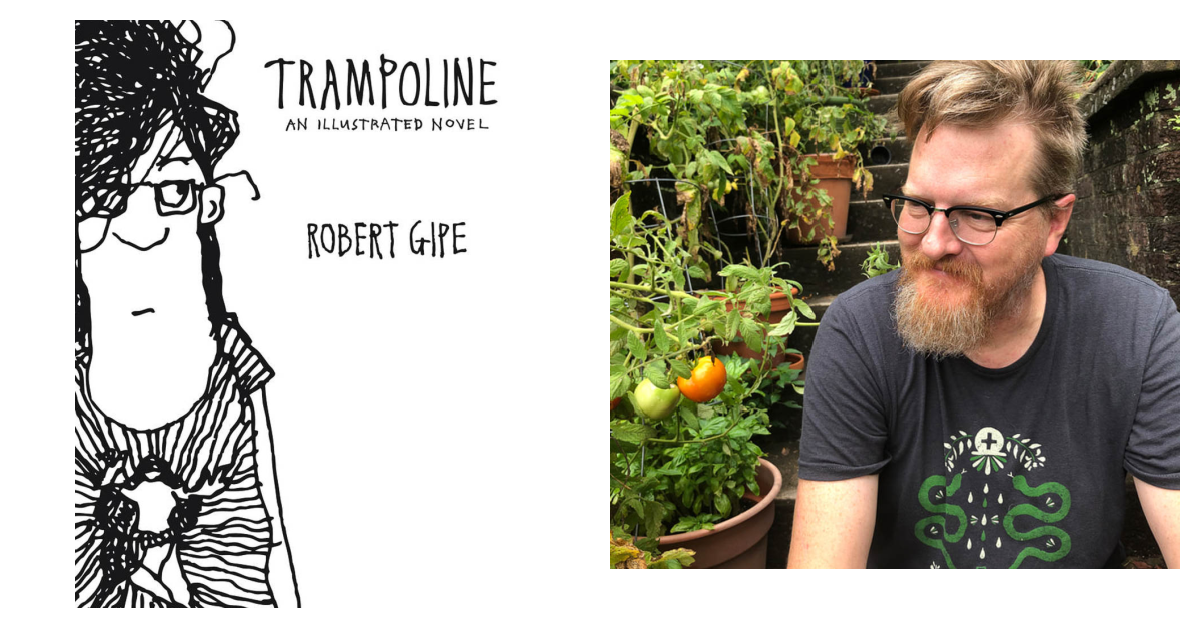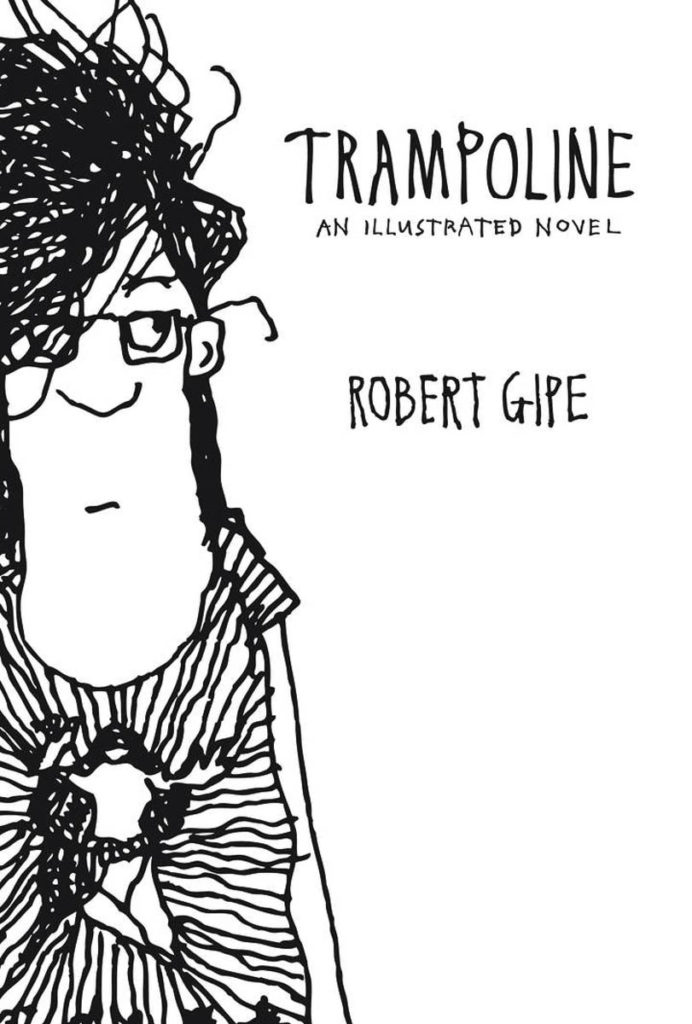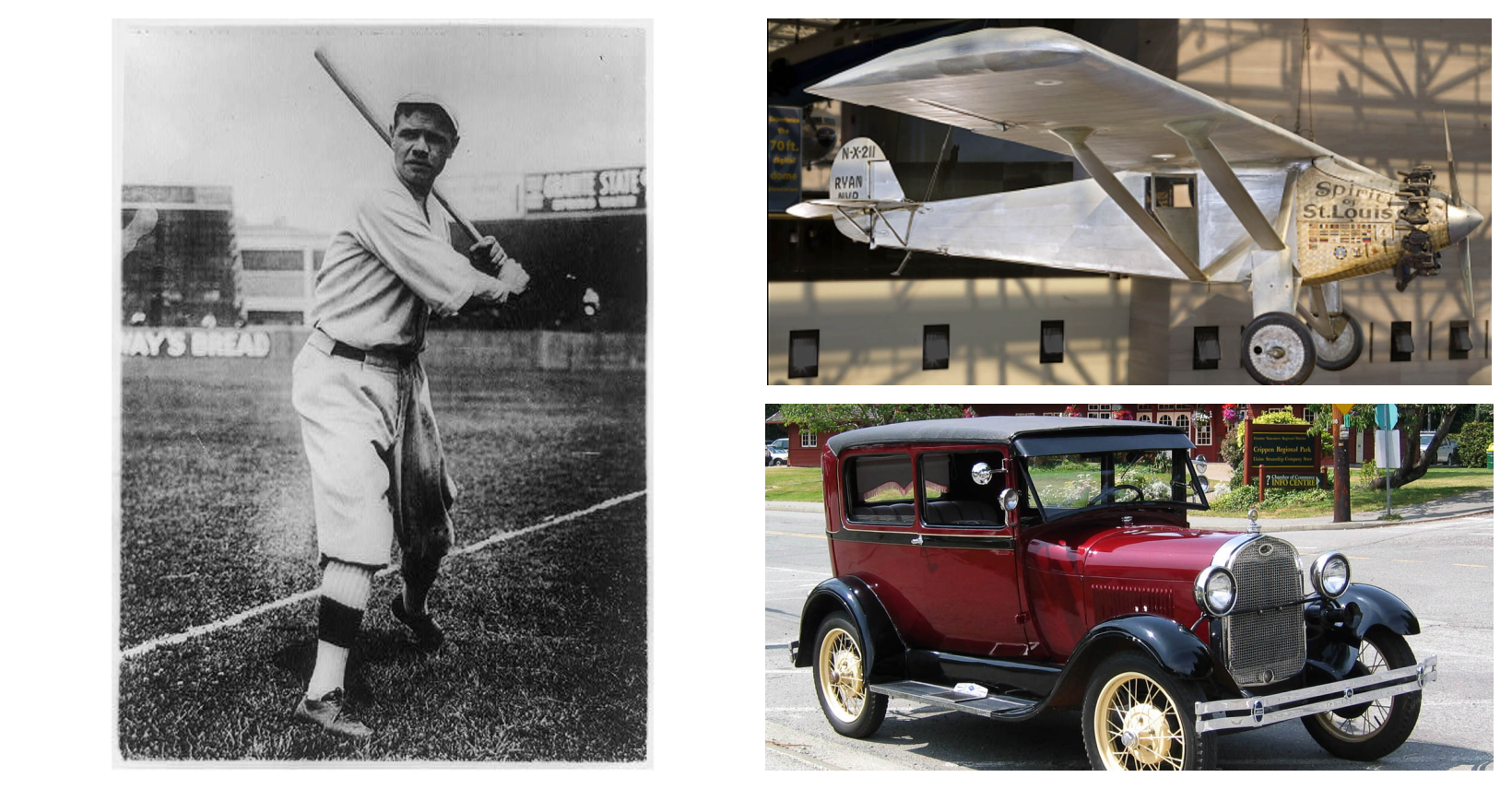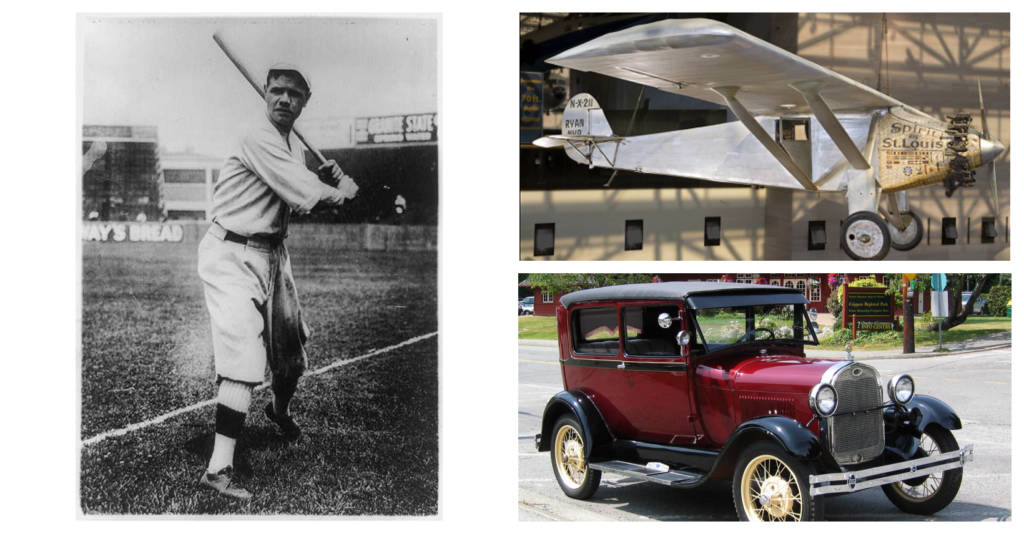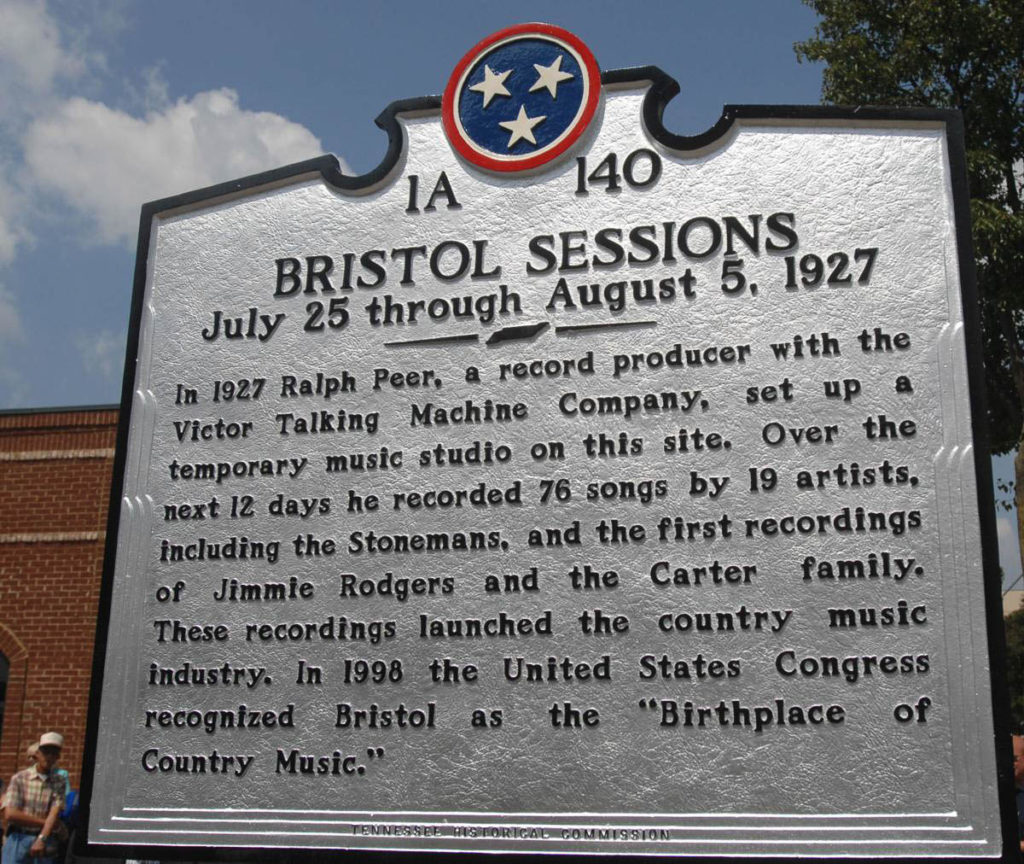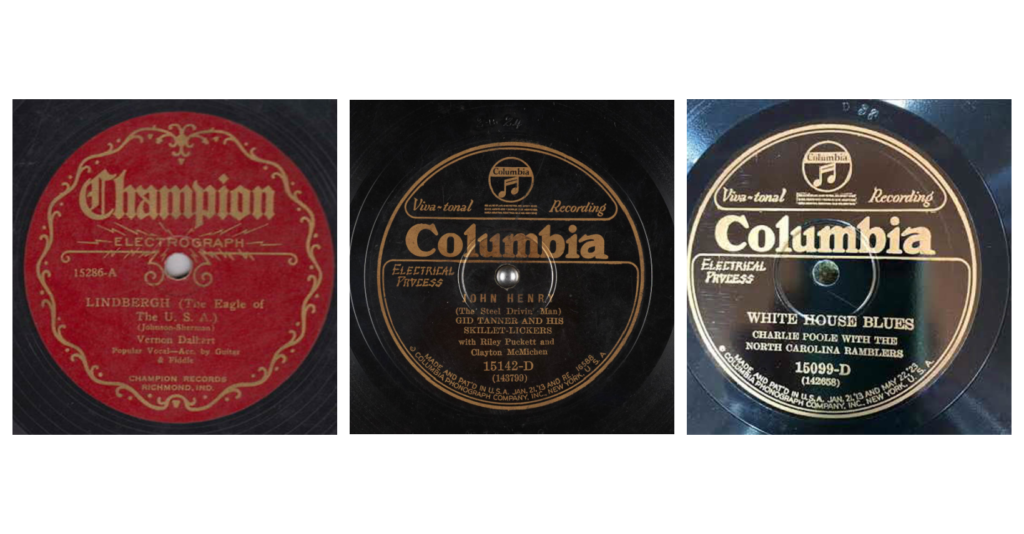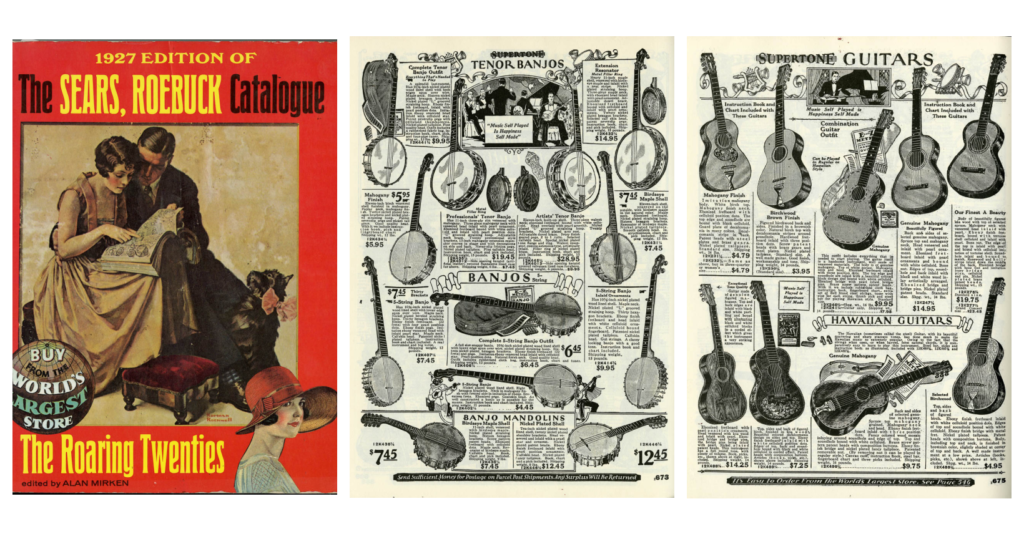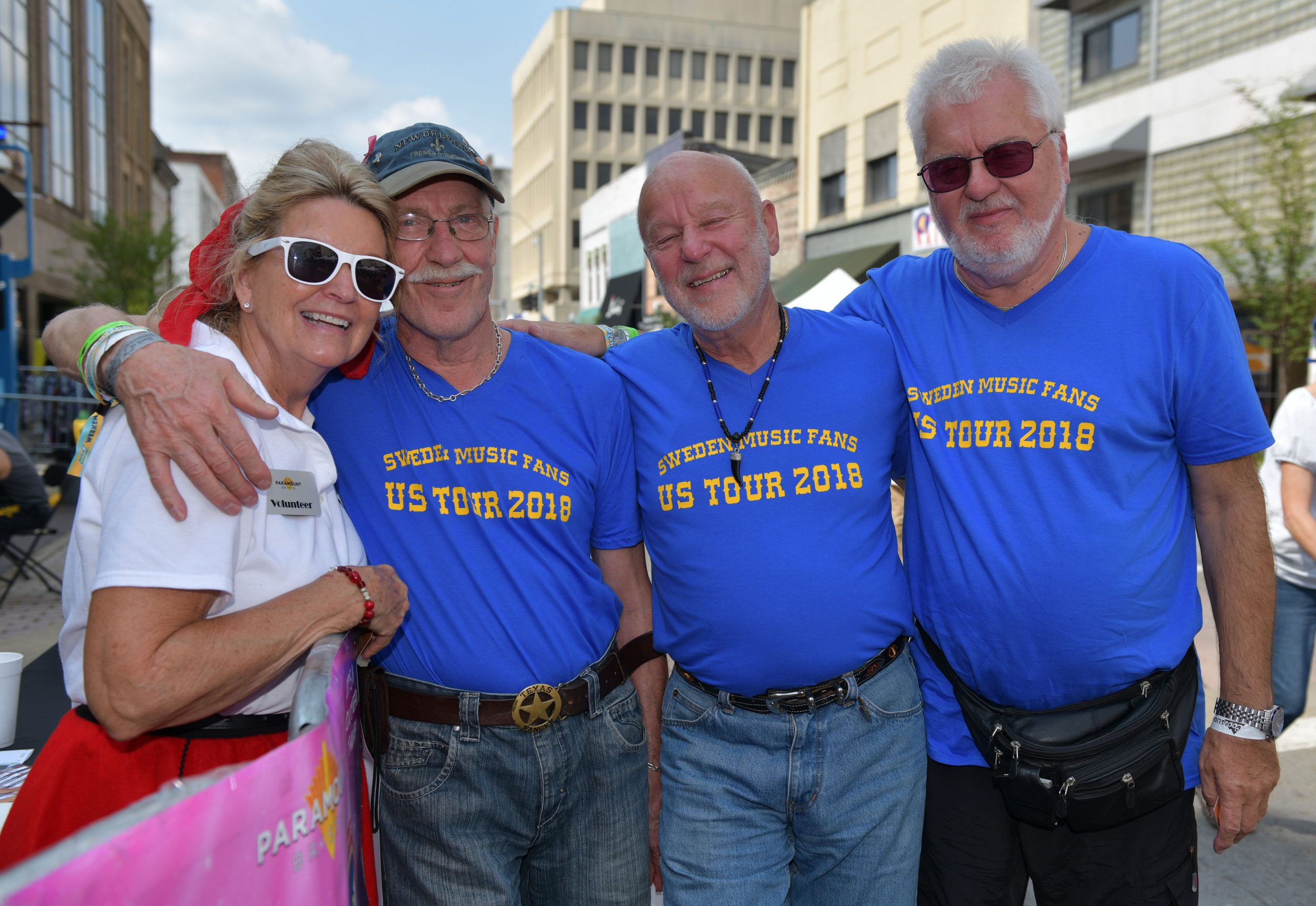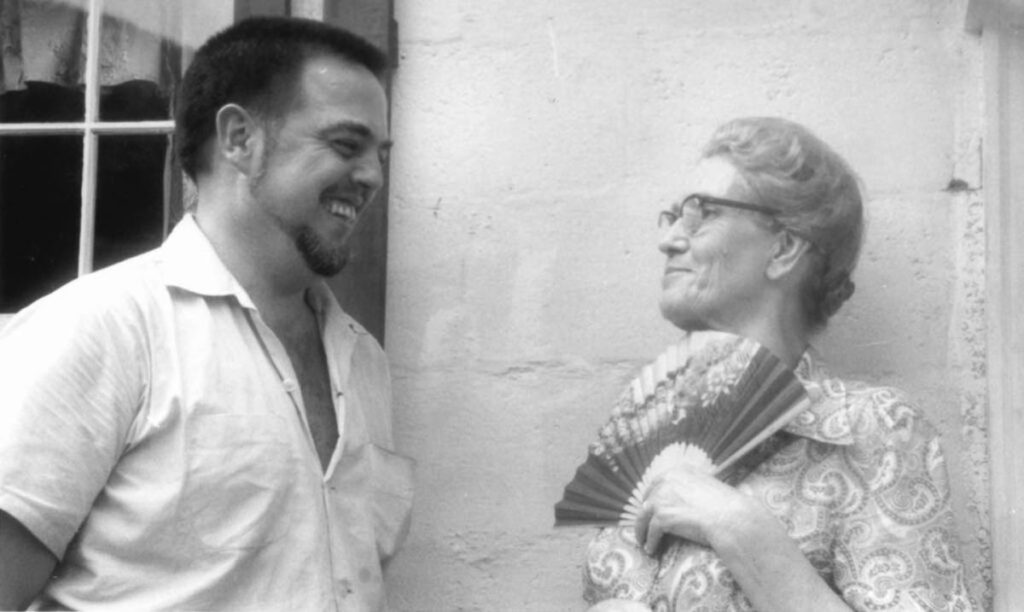Radio Bristol is excited to share “The Root of It,” a blog series connecting today’s influential musicians to often lesser known and sometimes obscure musicians of the early commercial recording era. The sounds and musicians we hear today on platforms like Radio Bristol can often be traced back to the sounds of earlier generations. What better way to discover these connections than to talk to the musicians themselves about some of the artists that have been integral in shaping their music? These influences, though generally not household names, continue to inspire those who dig deep to listen through the scratches and noise of old 78s, field recordings, and more, finding nuances and surprises that inevitably lead them on their own unique musical journeys.
For this installment of “The Root of It,” we spoke with prolific songwriter and banjo player J. P. Harris. For years Harris has travelled internationally performing his unique take on honky tonk-flavored country music. Harris is also well versed in old-time music, spending much of his early years at fiddlers conventions where he delved headfirst into traditional old-time fiddle tunes and songs. His latest release on Freedirt Records – Don’t You Marry No Railroad Man – is a testament to the old-time influences that have inspired his music through the years. One of those influences is the East Kentuckian Roscoe Holcomb. One of those voices you just don’t forget after hearing him for the first time, Holcomb was also an incredibly gifted guitar and banjo player. He experienced international acclaim during the folk revival in part due to the documentary High Lonesome, which was shot by renowned artist and musician John Cohen. Harris spoke with Radio Bristol about the influence and inspiration the music of Roscoe Holcomb has had upon his own music.

Portrait of J. P. Harris by Libby Danforth.
J.P Harris:
As most Americans my age had, I’d heard little snippets of traditional American folk music over the course of my lifetime, but grew up removed from direct exposure to any of its subsets. As a teenager living and traveling on my own, often to far-flung corners of the country via hitchhiking or freight trains, my affinity for folk music and the stories therein grew immensely. And at this time, my interaction with the internet was virtually nonexistent, and it didn’t yet contain the endless well of digitized recordings, downloadable music, or streaming platforms we are so familiar with today.
As a result, I feel I grew into my taste in music in what was to be the last era of “oral tradition.” Amongst my community of friends and travelers, people traded dubbed cassettes, often with little or no information about the recordings, or maybe the occasional burnt copy of a CD. Oftentimes the label would simply read “blues” or “banjo music,” and we relied on our memories to retain any detail about who was playing, where they were from, and when it was recorded.
This is essentially the story of my introduction to Roscoe Holcomb (born 1912 as Halcomb in Daisy, Kentucky). A mix tape made by a friend arrived in the mail unlabeled, and one track in particular raised the hair on my arms and made me shudder at each vocal turn – so much so that eventually the track became garbled and nearly unlistenable from the repeated rewinding of that section of tape. I would later learn that the tune was “Darling Cory,” a song that became entrenched in my own repertoire.

Roscoe Holcomb with banjo in Daisy, Kentucky, 1959. Bob Dylan described Holcomb as an artist with “a certain untamed sense of control.” Photo by John Cohen
However, it wasn’t until a few years later, in a local record store, that I once again heard that utterly unmistakable tone of voice and rushed to the clerk to ask what was playing on the house speakers. I purchased the album in question right then and there – An Untamed Sense Of Control from Smithsonian Folkways – and, for months, became lost in the lush landscape painted by Holcomb’s songs, hardly listening to anything else in my pickup as I drove to and from job sites each day, soaking up his many styles of guitar and banjo playing on the record.
Before discovering Roscoe Holcomb, I’d never heard an artist of his era playing such a diverse catalog of songs and styles, veering from a hymnal to the blues to dark mountain ballads. The variation in song style never left one guessing if it was still Holcomb singing, his voice plaintive and unrestrained. Learning of his life story (Holcomb worked as a road builder, farmer, coal miner, and finally as a full-time musician in his final years), my affinity only grew deeper – at the time, I was primarily working as a carpenter, logger, and heavy equipment operator. My musical tastes were a mix of early blues, early country, old time, and bluegrass, all of which you could hear Holcomb playing on any given album, and he became a sort of one-stop-shop for me for many years.
There are endless early professional or field recordings I could reference for the influences that still prevail in my own music career. Each one’s unique regional style or era-specific sound is a part of the intrigue of traditional American music, but none did I find where the musician had so obviously melded what they heard in a wider sense. Holcomb would at one turn play “Fair Miss In The Garden,” a ballad with obvious roots in 18th or even 17th-century British Isles traditions and common in Appalachia, then he would pivot to the bluesy “Frankie and Johnny,” a song so widespread that it would’ve been thought of as “pop music” during Hocomb’s youth in the 1920s and 1930s. This melding of styles surely gave me a new perspective on traditional music; before this, I had viewed them as altogether separate genres, unable to combine into the singer’s own personal stylistic interpretations.

Roscoe and wife Ethel Holcomb captured by the brilliant artist and New Lost City Rambler John Cohen.
It can only be assumed that Holcomb’s exposure to these other kinds of music not native to his rural Kentucky home came through his work in the mines and on construction crews, where likely both white and Black laborers from across the southeast were crossing paths and inadvertently sharing musical cultures, as evidenced by Holcomb’s “Mississippi Heavy Water Blues” or the instrumental “Knife Guitar.”
Although his music is no secret to most traditional enthusiasts (Bob Dylan, Eric Clapton, and The Stanley Brothers have all cited him on many occasions), Roscoe Holcomb remains to this day the first “gateway artist” I recommend to anyone trying to discover this largely unknown, yet vibrant, world of American music.
* To learn more about J. P. Harris or to check out his latest record Don’t You Marry No Railroad Man, releasing on June 25, visit www.ilovehonkytonk.com.
J. P. Harris’ Dreadful Wind and Rain featuring Chance McCoy with a nice rendition of “Mole in the Ground.”


